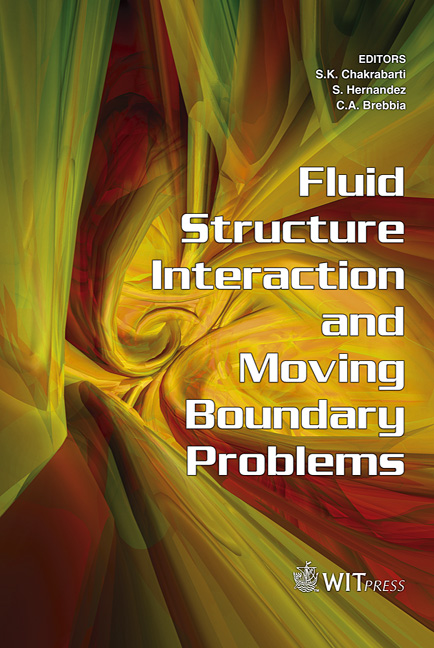A Numerical Model Of The Crystallization Of Pure Aluminium
Price
Free (open access)
Transaction
Volume
84
Pages
11
Published
2005
Size
778 kb
Paper DOI
10.2495/FSI050591
Copyright
WIT Press
Author(s)
F. Kavicka, J. Stetina, K. Stransky, B. Sekanina, J. Dobrovska & J. Heger
Abstract
The character of primary crystallization was investigated on a simple cylindrical sample, crystallizing in a cast-iron mould pre-heated to various temperatures. The experimental research comprised the measurement of temperatures using thermocouples, the evaluation of the experimentally acquired temperature gradients G, and the shift rate of the phase transition interface R. Furthermore, it comprised the determination of the so-called critical values Gcr and Rcr, which are reached by the crystallizing metal in the transition interface where the columnar crystals transform into the equiaxed. The numerical model had been developed to expand the limited experimental capabilities of the evaluation of G and R to every point of the longitudinal section, based on the investigation of the 3D transient temperature field within the system comprising the casting, the mould and ambient. Furthermore, the authors have discovered a new criterion (called the ‘temperature-delay’ criterion), which predicts the macro-structure. This criterion cannot only determine the position of the transition interface between both crystallizations, but also the time in which one transforms into the other. Keywords: crystallization, temperature field, numerical model, macro-structure. 1 Introduction There are successful ways of influencing the crystallization of pure metals and alloys by inoculation, ultrasonically and using other methods. Influencing the pouring structure of a temperature field has been managed empirically or semi-
Keywords
crystallization, temperature field, numerical model, macro-structure.





